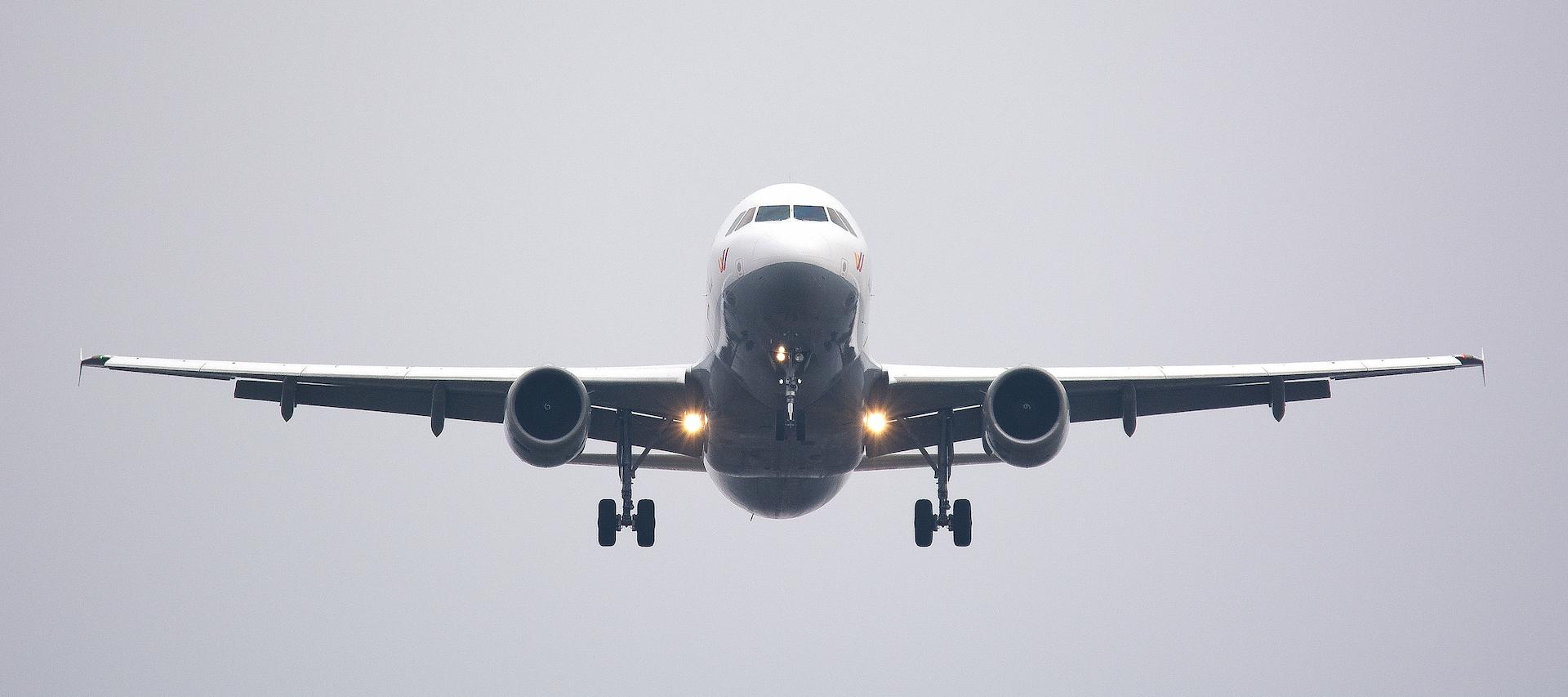‘An uninvolved person is a person who is not participating in the UAS operation or
who is not aware of the instructions and safety precautions given by the UAS
(drone) operator’.
A person is considered involved if he/she decides to be a part of the operation,
understands the risk and is able to check the position of the drone while it is flying.
Therefore, in order to be considered ‘involved’ in the operation, a person needs to:
- give consent to be a part of the operation (e.g. consent to be overflown by the
- drone); the consent needs to be explicit;
- receive from the drone operator/remote pilot instructions and safety precautions
- to be applied in case of an emergency situation; and
- not be busy with any other activities that would make the person unable to check
- the position of the drone and, in case of an incident, take action to avoid being
- hit.
Writing on a ticket that a drone will be used during an event is not considered
sufficient, since the drone operator needs to receive individual explicit consent and
make sure people understand the risk and the procedures to be taken in case of an
emergency.
During the operation, it is expected that involved persons will follow the trajectory
of the drone and be ready to take action to protect themselves in case the drone
behaves unexpectedly. If, during the UAS operation, people are busy working or
watching something that is not compatible with monitoring the trajectory of the
drone, than they cannot be considered to be involved.
Examples of uninvolved people:
- spectators gathered for sport activities, concerts or other mass events;
- people in a beach or in a park, or walking on the streets.
An uninvolved person is not only a person who is directly exposed to a drone, but
could also be a person who is in a bus, car, etc., and who is indirectly exposed. For
example, if a drone is flying over a car, its driver should be considered to be an
‘uninvolved person’. The reason is that a drone flying close to a car (even if it does
not impact it) could possibly distract its driver and therefore cause a car accident.
Regulatory reference: GM1 Article 2(18) Definitions, ED Decision 2019/021/R.





